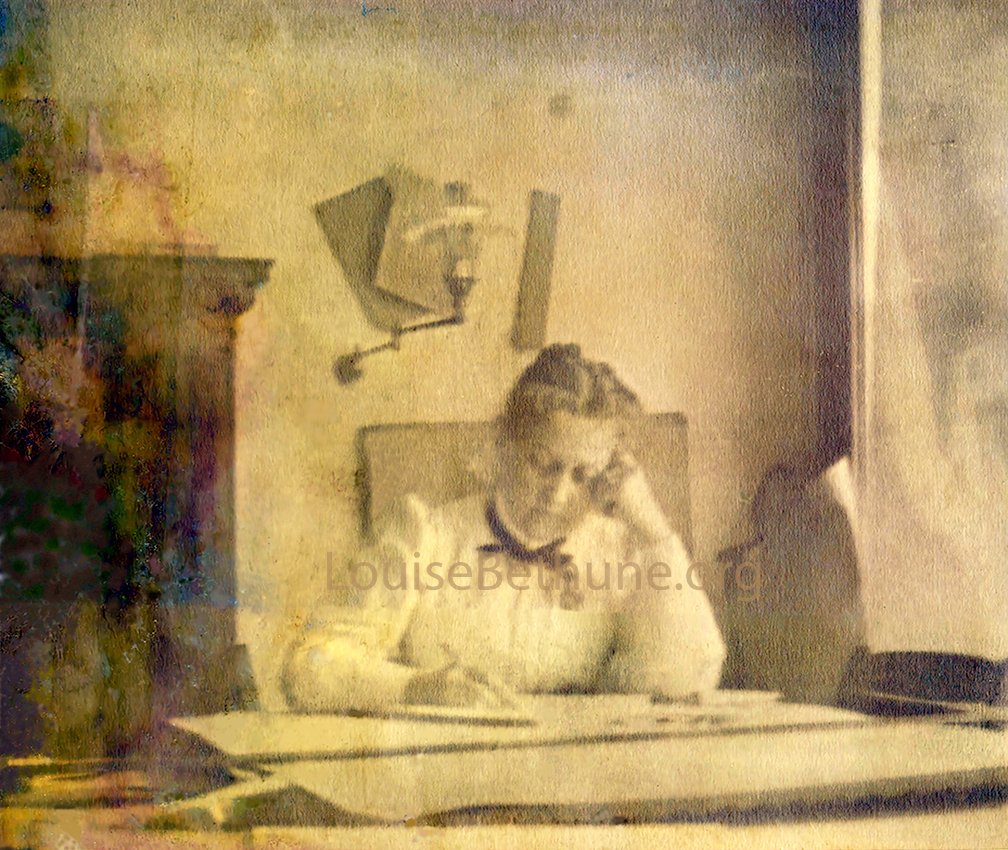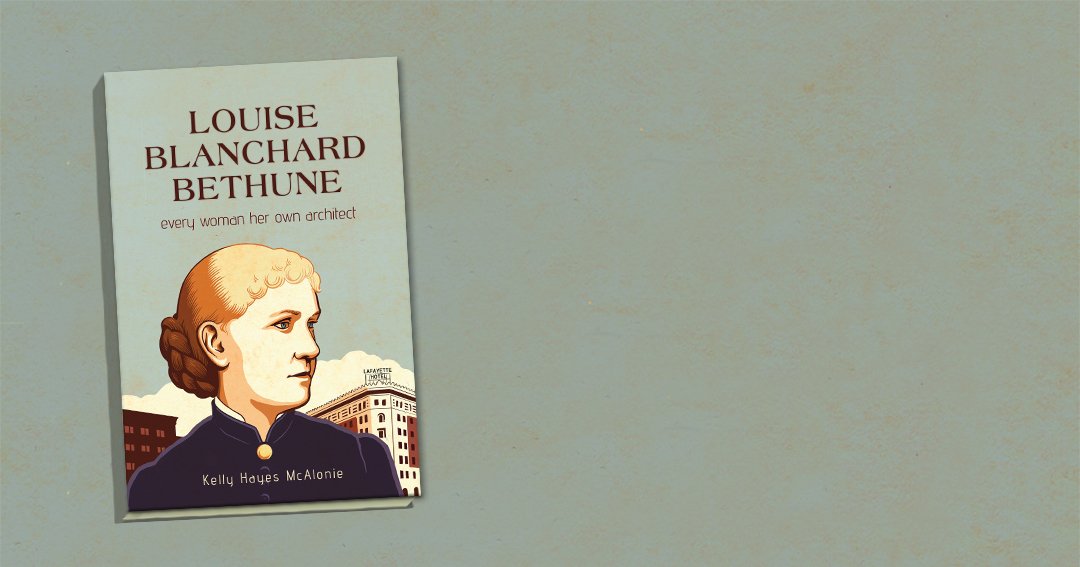
A new book and exhibitions highlight Louise Bethune’s career and trailblazing influence on women’s rights
As America's first professional female architect, Louise Blanchard Bethune, FAIA, broke barriers in a male-dominated profession that was emerging as a vital force in a rapidly growing nation during the Gilded Age.
Louise Blanchard Bethune, FAIA, was the first woman to practice as a professional architect in the United States. She participated in the design of approximately 180 (known) buildings in the Buffalo and Western New York in the late nineteenth and early twentieth centuries, and she was the first woman member of the Western Association of Architects (W.A.A.), the American institute of Architects (A.I.A.) and the first woman to be honored as an A.I.A. Fellow.
Yet, Bethune herself is an enigma. Due to scant information about her life and her firm, Bethune, Bethune & Fuchs, scholars have struggled to provide a complete picture of this trailblazer. Using a newly discovered archival source of photographs, architectural drawings, and personal documents, Kelly Hayes McAlonie paints a picture of Bethune never before seen.
Born in 1856 in Waterloo and raised in Buffalo, New York, Bethune wanted to be an architect from childhood.
In fulfilling her dream, she challenged the nation to reconsider what a woman could do. A bicycle-riding advocate for coeducation, Bethune believed in women's emancipation through equal pay for equal work. This belief would be tested during the design competition for the Woman's Building for the 1893 World's Columbian Exposition, where female entrants were not paid for their work. Bethune refused to participate on principle, but nonetheless her career thrived, culminating in the most important commission of her life, Buffalo's Hotel Lafayette. A comprehensive biography of the first professional woman architect in the United States, who was also the first woman to be admitted to the American Institute of Architects, this book serves as an important addition to New York and architectural history.
Trailblazing Women of Western New York: Monument Project
The program is an initiative of the Erie County Commission on the Status of Women to address the longstanding lack of monuments to women in our public spaces. The first three in a series of statues and plaques to pioneering women from Western New York will be designed and placed throughout WNY in this inaugural project. These women were leaders in their communities and the country. Their inspiring lives and careers deserve to be celebrated. Louise Bethune will be one of those celebrated.
Bethune Portfolio
-

The Lafayette Hotel
A seven-story steel frame and concrete building designed in the French Renaissance style. It is composed of several rectangular building units completed between 1902 and 1926. It features decorative vitreous red brick and white terracotta trim.
-

74th Regiment Armory: Elmwood Music Hall
The 74th Regiment Armory building was one of the first significant civic project for the Bethune & Bethune outside of their work for the Buffalo Public Schools. This project is emblematic of these buildings that were constructed after the Civil War.
-

Buffalo Weaving Company
The most significant of Bethune, Bethune & Fuchs’ factories from the 19th Century, the Buffalo Weaving and Belting Company Factory became a major industrial zone at the turn of the century.
-

Lockport High School
The Lockport Union High School was by far the largest and most sophisticated of all of Bethune & Bethune educational projects. The Richardson Romanesque Style two-story structure was built in brick with “brown” stone, possibly Medina sandstone, details.
-

Kellogg Residence
The 1887 Kellogg's brick Queen Anne house was designed with many of the characteristics of the style, but with comparatively little ornamental detail. The three-story structure has a hipped roof with two intersecting gable roofs, a turret, and several dormers, circular and rectilinear.
-

Buffalo Livestock Exchange
The Buffalo Livestock Exchange building was the second largest exchange in the country. Located on the east side of Buffalo, the exchange was comprised of the three-story Bethune & Bethune building and 75 acres of land to hold the yards for the livestock.
Louise Blanchard Bethune
“Women have entered the architectural profession at a much earlier state of its existence even before it has received legislative recognition. They meet no serious opposition from the profession nor the public…The future of woman in the architectural profession is what she sees fit to make it.”



